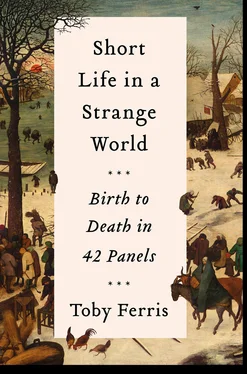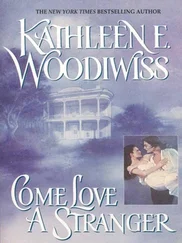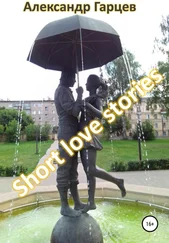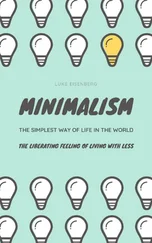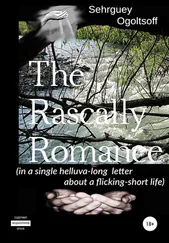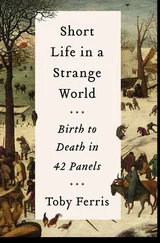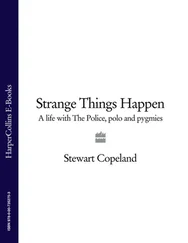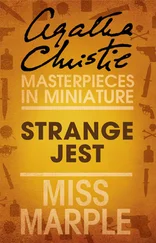Bruegel’s Census at Bethlehem therefore depicts a world in transformation. The census is drawn through the village, through that mess of humanity at the inn door, like the carding of wool. The stream of individuals passes back and forth over the frozen river: people come in nebulous and free to have their names written down in a book, their existence validated in ink; they go out docketed and numbered, but also informed, no longer unlicked stray lumps of humanity but named individuals, with a location and an occupation and a marital status, enjoying a spark of existence beyond their own clay.
*
How, then, to number the paintings which hang in this room? How to enter them on the spreadsheet?
On an adjacent wall to the Census in Brussels is the Winter Landscape with a Bird Trap , a small sepia painting. Little figures skate on the frozen river, or huddle over their game of curling. On the bank, under a tree, a trap is set for birds: a heavy assembly of planks (in construction, not unlike the panel it is painted on) is propped up on a stick, a lure of crumbs beneath it; from the stick, there is the merest trace of a taut string leading into a house on the left of the panel. Snatch the stick from under the planks and you might catch a bird or two, just as the painter of panels, ever watchful, might catch and trap a soul, or a village of souls. Snatch the ice from under those skating children, and you might drag one or two down. The birder, the painter, the Devil are always watching, always waiting.

Always watching, always waiting: Winter Landscape with a Bird Trap , detail.
The skaters and the birds are linked by two stylized black birds in the foreground. They are the same size in real terms as the skaters, the same tonality also; they could be mistaken at first glance for skaters.
Birds and skating villagers live a similar existence: birds have wings and skaters ease along at great speed; both are in danger, both seem at liberty. The birds could fly away, live in the woods, while the villagers could slide around that bend in the river and be gone in minutes, never to return. But the ice will melt and the villagers will remain. Winter birds, too, are territorial. All are rooted here.
Including Bruegel. Bruegel might have skated around that bend and away, to Antwerp, to Royal Brussels, to Rome and Naples and Calabria. But he came back. According to Karel van Mander, who included, in his 1604 Schilder-boeck , or Book on Painting , brief lives of the great Netherlandish painters, Bruegel frequently visited the villages around Antwerp and Brussels in disguise, infiltrating festival and kermis (a kermis – from ‘ kirk mis ’ or ‘church mass’ – being the annual festival held in honour of the village church’s named saint), observing but unobserved.
His panels are littered with figures standing on the edge of crowds, watching. Some are well-heeled, clearly not village folk, returned from the city for family weddings, to partake again, briefly, of the drunken, cavorting rhythms of village life.
One way or another, in paint as in life, this was Bruegel’s world.
*
Bruegel’s Bird Trap was a popular subject. There are at least 125 known and documented copies.
But what is a copy? If I were to take out paint and easel now, and run up some version of my own, would that constitute a copy? Number 126. Mark it down. At what point does the painterly spore of Bruegel peter out to blank snow? When can we say that the code has replicated itself into muddy, unrecognizable progeny, into mass reproduction?
On the wall opposite the Census , there is a large canvas, an Adoration of the Magi . This is not generally attributed to Bruegel, but may be after a lost composition, like the Icarus . It is in watercolour, an unusual medium for Bruegel. There is a tempera Blind Leading the Blind in Naples, and a Misanthrope ; there is The Wine of St Martin’s Day in Madrid; otherwise it is all oil, all panel.
The canvas is badly damaged. Who knows how many panels have been lost over the years, painted over, chucked in skips, on bonfires. Van Mander mentions two versions of Christ Carrying the Cross (one remains); a Temptation of Christ , with Christ looking down over a wide landscape; a peasant wedding, in watercolour, with peasants giving presents to the bride; and one other watercolour in the hands of the same collector, undescribed. We know of others, gone missing. A crucifixion. A miniature Tower of Babel . The first in the sequence of The Months (April/May).
Whatever Bruegel saw when he contemplated his own Bruegel Object is lost to us, a ghost configuration. Whatever might be vouchsafed to posterity from a life lived – in Bruegel’s case, a lot; in my case, as in most cases, nothing – is only very approximately indexed to that life. I have very little interest in biography. It is not Bruegel’s completeness that I am interested in but my own. But I am conscious that the dead panels stand whispering beyond my spreadsheeted ring of firelight, and no amount of conjuring will induce them to step forward. It is too late.
When my father died in 2009, he was eighty-four years old. A double-Bruegel. The parallelisms proliferate. I consciously peg each year in my life, for example, to a year in my father’s, according to the age of our children: so in 2017, when my Bruegel project finished, my children were nine and eleven; my brother and I were nine and eleven in 1978.
Robert Henry Ferris in 1978 was making his last throw of the dice, leaving GEC, the General Electric Company – the huge conglomerate where he had worked, barring an interruption for war service, for nearly forty years – for a much smaller company, where he might just hope to be a bit of a big fish. That didn’t really work out either. He was fifty-three, and his heart wasn’t in it. He told me after he retired that, in all the years of his working life, he had never been early for work once. He had a lively mind and a fairly dull job. He didn’t travel much. He just sort of stopped.
One evening, at around that time, he sat down and wrote in an enormous year diary one line: It is said that in every life there is one story. This is mine.
One line a night was enough, he said. If you wrote one line a night you would soon have a great big book. I was nine, and I was impressed. But it was too late. He liked his sedentary whisky too much, could never find the energy to add anything to that one line. He could certainly write, but he lacked technique and discipline. And there it stayed on a shelf, the weighty volume with the solitary line and several hundred enormous blank pages, like the blank cells of my spreadsheet. A metaphor, and a bit of a shitty one at that. From time to time my brother or I would take down the volume and study it, either to shame him publicly (and he would laugh along jovially enough at his own foolishness) or to teeter privately on the brink of some immense intuition: not only was our father’s life unfulfilled, but all life was most likely unfulfillable. ‘It is this deep blankness is the real thing strange,’ writes the poet William Empson. And there it was, this deep blankness, sitting on a shelf in our living room.
My father went on in due course to his deeper blankness, his long home. But when he was in hospital dying, my brother was searching the census records of our paternal family. My father was always reticent with family history. He had been born in 1925 in Camden, had grown up there and on Portpool Lane off the Gray’s Inn Road, and later in Lee Green. There were some disconnected anecdotes – a story about a broken radio, about a Jewish funeral, about an aunt who sprinkled sugar on his buttered bread – not much else.
Читать дальше
